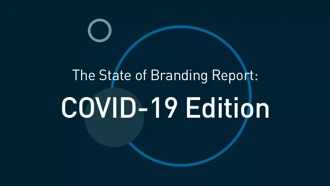Marketing departments love acronyms, and one that has been buzzing around the web recently is CXM – Customer eXperience Management (yes, the capitalizing of the X instead of the E is very late-90s). With marketing departments searching for ways to define, customize, document, and optimize the customer experience, some technology fads have flown in and out faster than you can say MySpace. However, the bigger picture shows an evolution in the tools that drive CXM – despite the fact that some believe key tools such as content management systems (CMS) are a dying breed.
Industry analyst Irina Guseva recently commented on this, and she doesn’t think these tools are phasing out. Instead, she notes the integration of new aspects such as analytics and social media as an evolutionary step forward in her latest article, Still Too Early to Retire WCM.
“So the next time you hear something along the lines of ‘Oh, (web content management) is so five years ago, what you really need is a customer engagement system/platform,’ you should think very carefully,” says Irina Guseva, Senior Analyst at Real Story Group. “And here is why: while many (web content and experience management) systems in the market provide customer experience management functionalities either natively or through a myriad of integration points, there’s no such thing as a ‘customer engagement/experience system.’
CXM is not a piece of software, but a practice and a strategy, in which (web experience and management) technology plays a crucial role.”
We couldn’t have said it better than that. The evolution of content management has accelerated due to the rise of APIs. Plugins, scripts, and other advanced coding have turned content management into a hub for the user’s experience. For example, consider WordPress — on its own, it’s simply a tool for managing content in web pages and posts. But when you add in a nearly limitless library of plugins, it becomes an extremely versatile and powerful tool capable of handling both internal and external specialized functions.
DAM – digital asset management, or our favorite acronym — is a big part of this too. CXM is all about engaging the customer and creating loyalty and conversions while reinforcing the brand or campaign message. Well, you know the saying “a picture is worth a thousand words” — the ability to manage and distribute pictures, video, audio, and all other digital media is why DAM is a key to the success of CMS solutions and CXM strategies. By integrating a CMS with a DAM, it’s faster and easier for marketing departments to deliver content that engages the customer through means beyond simple text. Faster workflows translate into more efficient response times and better communication.
On a technical level, we’ve always been very forward-thinking. That’s why Bynder embraced a cloud platform from the company’s inception, and that’s also why we offer an API for greater developer flexibility. The future is in inter-application communication, both in the CMS space and for technology in general.
The goal with all of this is to provide the streamlined resources so that the customer experience is about communication and engagement without limitations placed by technology. From that perspective, we completely agree with Irina Guseva : CMS is far from dead; in fact, it’s getting a tune-up, paint job, and upgrades as we speak.
To learn more about DAM, CMS and CXM, Download the Digital Asset Management guide.












